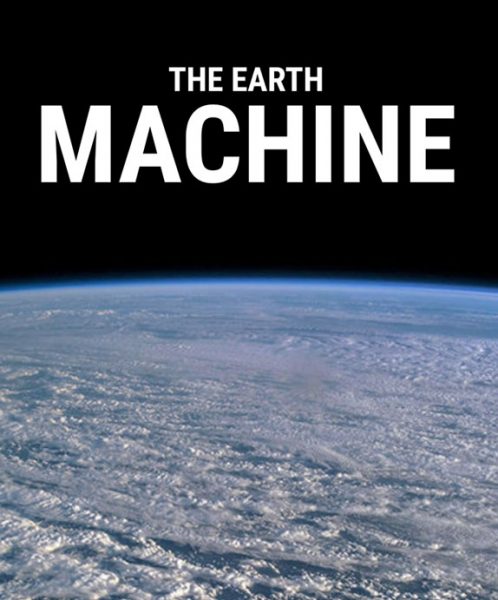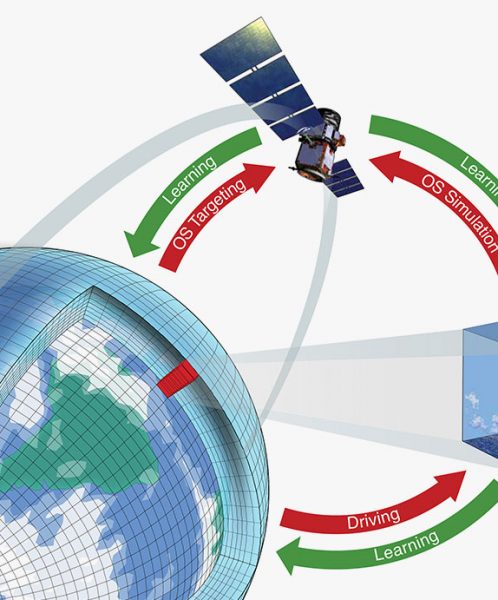Press & Media


Julia: Come for the Syntax, Stay for the Speed
When it comes to climate modelling, every computational second counts. Designed to account for air, land, sun and sea, and the complicated physics that links them, these models can run to millions of lines of code, which are executed on the world’s most powerful computers. So when the coder-climatologists of the Climate Modeling Alliance (CliMA) — a coalition of US-based scientists, engineers and mathematicians — set out to build a model from the ground up, they opted for a language that could handle their needs. They opted for Julia.

A Powerful New Model Could Make Global Warming Estimates Less Vague
The severity and speed of climate change will depend on the quantity of greenhouse gases we emit into the sky, but also on how sensitive the climate is to those gases.
One uncertainty is how clouds will respond as the atmosphere heats up. Tapio Schneider, a climate scientist at Caltech, and his colleagues from Caltech, Princeton, JPL, and MIT are building a climate model that will use machine learning, powerful computing, and petabytes of data to help resolve some of the unknowns around how, why, and where clouds form, produce precipitation, or dissipate. The goal: to cut the uncertainty in current predictions of carbon dioxide’s impact on the planet in half.
Science journalist Mallory Pickett sat down with Schneider to find out how his research will do this, and why it matters.


High CO2 Levels Can Destabilize Marine Layer Clouds
At high enough atmospheric carbon dioxide (CO2) concentrations, marine stratus clouds become unstable and disappear, triggering a spike in global warming, according to a new modeling study. The results could help solve the longstanding mystery in paleoclimatology of how past climates such as the Eocene (around 50 million years ago) got to be so warm that crocodiles could live in the Arctic.


New Climate Model to Be Built from the Ground Up
Scientists and engineers rethink how to model and predict climate
Facing the certainty of a changing climate coupled with the uncertainty that remains in predictions of how it will change, scientists and engineers from across the country are teaming up to build a new type of climate model that is designed to provide more precise and actionable predictions.
See also: "A Model Climate", Caltech Magazine, Spring 2019
See also: "NPS Researchers Partner on Next Generation Climate Model", Naval Postgraduate School


The Earth Machine: Science Insurgents Plot a Climate Model Driven by Artificial Intelligence
Later this summer, an academic consortium … will launch an ambitious project to create a new climate model. Taking advantage of breakthroughs in artificial intelligence (AI), satellite imaging, and high-resolution simulation, that as-yet-unnamed model—the Earth Machine is one candidate—aims to change how climate models render small-scale phenomena such as sea ice and cloud formation that have long bedeviled efforts to forecast climate.


Next-Generation Climate Models Could Learn, Improve on the Fly
Even today’s most sophisticated Earth system models suffer from uncertainties that stem from the difficulty of simulating small-scale or complex processes, such as raindrop formation and carbon uptake by plants. Novel computational tools may hold the potential to address these uncertainties. In a new paper, Schneider et al. outline a blueprint for a next-generation climate model that would employ advancements in data assimilation and machine learning techniques to learn continuously from real-world observations and high-resolution simulations.


A Model Revolution
While considerable progress has been made in our understanding of the climate system, projections of the future remain highly uncertain. Such relatively low confidence stems, in part, from uncertainties in the parameterization schemes of Earth system models (ESMs)—approximations of unresolved small-scale processes—including, for example, cloud dynamics. Tapio Schneider and colleagues from the California Institute of Technology, USA, envision a revolution in Earth system modelling using data assimilation and machine learning to improve parameterization schemes.
